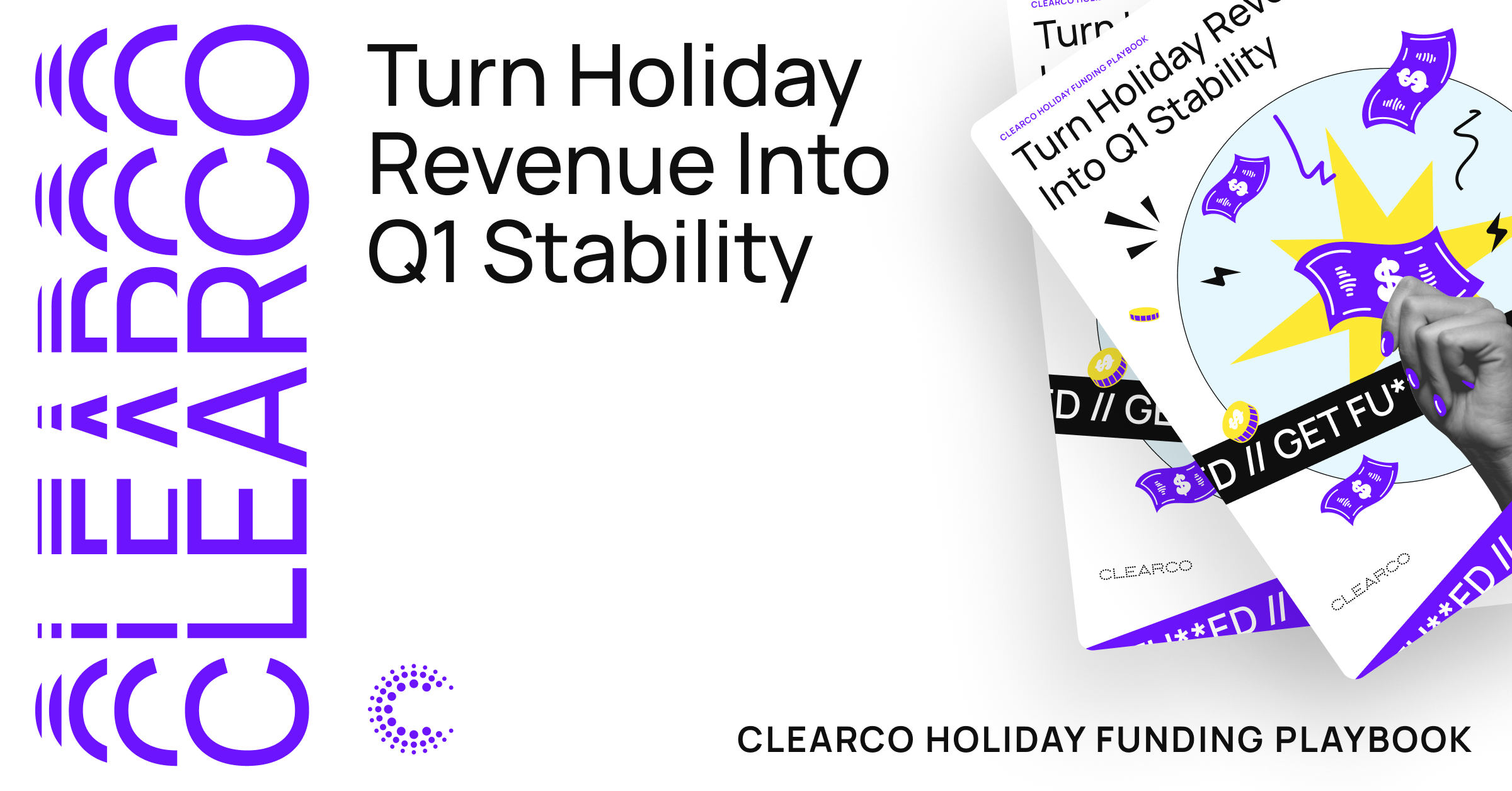The best alternative lending options for startups

If you’re a small business owner, you’re probably already aware that traditional lending institutions aren’t known for rolling out the welcome mat to founders without a long-term track record. For many entrepreneurs, this means turning to alternative lending options to finance their startup. We’ve outlined a few funding sources with which founders have found success in the past.
What is alternative lending?
Alternative lending is funding for businesses and individuals outside of traditional banks.
If you’re a startup founder, particularly of an e-commerce business, you’ll find that funding options are few and far between. Although banks have begun working with the alternative lending space to provide financing for small business owners, the majority of founders are left scratching their heads as they seek sources of cash. Here’s where alternative lending options come into play: they step in after banks have said “no” to help you solve problems with working capital.
In this article, we’ve outlined a few options in the alternative lending space to consider beyond more traditional means of financing. They include:
- Crowdfunding
- P2P lending
- Microfinancing
- Other alternative lending options
Crowdfunding
Crowdfunding, like its name suggests, is a collaborative funding model that involves relying on a small group—hence “crowd”—to finance a project, product, or business. Over the last few decades, this alternative funding option has grown exponentially on a global scale, which has allowed many businesses to access much-needed capital. In a study done by the SBA, they found that crowdfunding has become a means to communicate with investors that your business is not only feasible, but marketable. Today, there are hundreds of crowdfunding sites that you can access; some of the most popular include Kickstarter, Indiegogo, and Crowdfunder.
Crowdfunding at a glance
While crowdfunding can sound incredibly lucrative, it’s important to consider whether this is the right type of alternative funding option for your business.
- There are three main crowdfunding models: donation-based, rewards-based, and equity-based. Donation-based platforms, like GoFundMe, involve funders providing financial support in the form of donations, in which nothing is given in return. Rewards-based platforms, like Kickstarter and Indiegogo, offer rewards (in the form of free products, discounts, and other means) in exchange for a donation. Equity-based platforms like Crowdfunder, on the other hand, offer funders (a.k.a. investors) a share of equity in the business—meaning they have the opportunity to reap a financial return.
- Crowdfunding, by its nature, is not a guarantee. More than half of crowdfunding campaigns never meet their target, and thus leave business owners still seeking additional means of funding. It’s also a good idea to consider whether this is the correct platform to secure funding: the optics of a for-profit company seeking donations can be challenging for certain types of businesses.
P2P lending
There’s also a fourth type of crowdfunding that we haven’t yet mentioned: debt-based crowdfunding, also known as peer-to-peer (P2P) lending. Using this model, contributions are considered loans, to be repaid by the business owner with interest within a specified timeframe. The idea behind P2P lending arose from a desire to build a marketplace of like-minded entrepreneurs who were motivated in investing in other businesses by offering them loans, thus democratizing lending.
P2P lending at a glance
- The way it works is this: instead of owning a stake in the business (like in the case of equity-based crowdfunding), investors loan small(er) amounts to a business via online platforms like Upstart, Funding Circle, and Fundable.
- Some P2P lending platforms specialize in certain types of businesses or even borrowers. A prime example of this is iFundWomen, which caters to female entrepreneurs.
- These types of loans come with a certain liability risk if you default on your payments, something to keep in mind if you’re looking for a loan with more protection.
Microfinancing
Microfinancing originally came about as a solution for borrowers in developing countries who were struggling to secure funding because of lack of collateral, steady employment, or credit history. Over the past few decades, microfinancing—also known as microloans—have helped promote entrepreneurship and small business growth across a number of developing nations.
Today, microfinancing has become fairly commonplace across the globe, notably in North America. Many private companies and non-profit organizations offer small loans of up to $35,000 to help fund small businesses, especially those that don’t qualify for bank financing.
Microfinancing at a glance
- In the U.S, founders can apply for a Small Business Loan through the Small Business Administration (SBA). Other types of microfinancing include Patriot Express loans, and Small Office/Home Office (SOHO) loans.
- Microlenders tend to take on more financial risk, so be prepared to be vetted fairly extensively. On the other hand, this means they usually spend more time getting to know you and your business compared to banks.
- Too often, small business owners make the mistake of expanding too quickly after securing a massive loan. With a smaller loan, you have to make every dollar count —which can sometimes work to your advantage.
Other alternative lending options
On top of the three means of securing funding that we’ve outlined, there are a few additional alternative lending options to consider:
Final thoughts
It can be difficult to stay positive as a startup founder when you’re repeatedly told “no” from banks and other traditional lenders. But the truth is there are many alternative lending options for startups out there—you just have to know where to look. Most likely, funding will come from multiple sources, so don’t discount any of these methods or eliminate them before doing your research and considering all your options.


.png)

